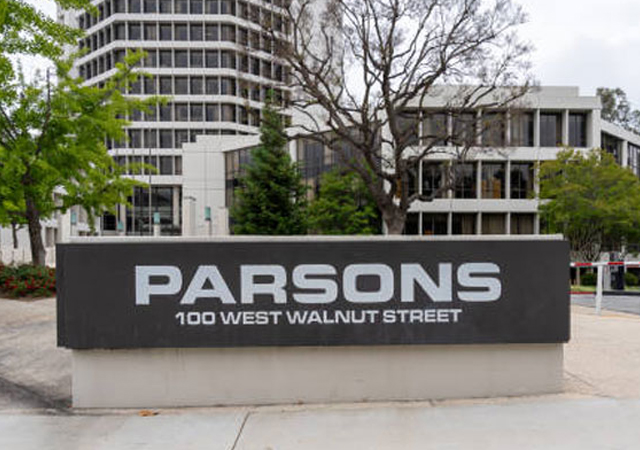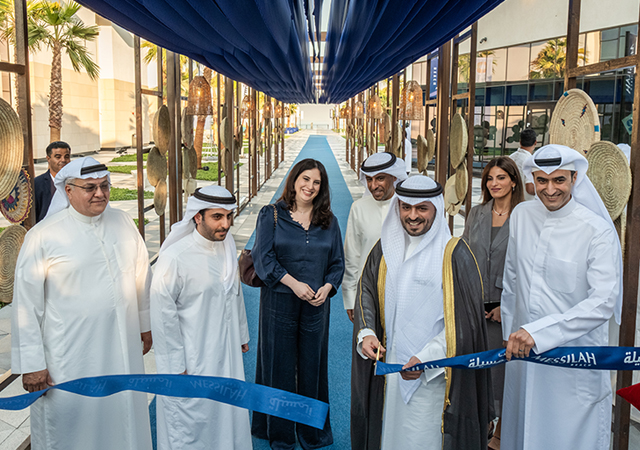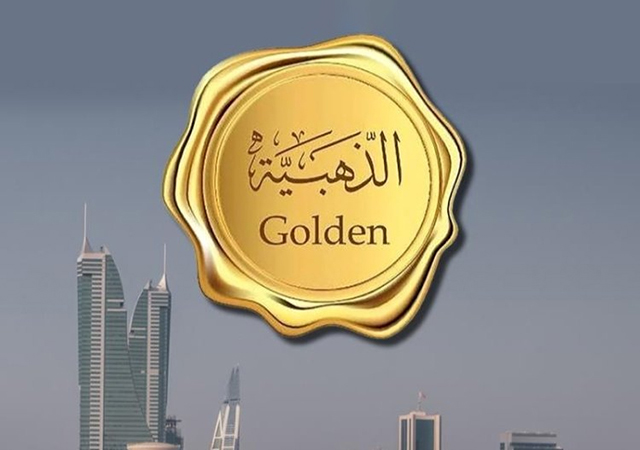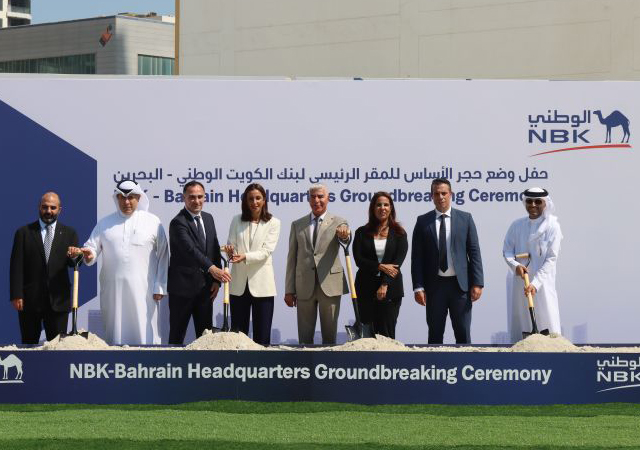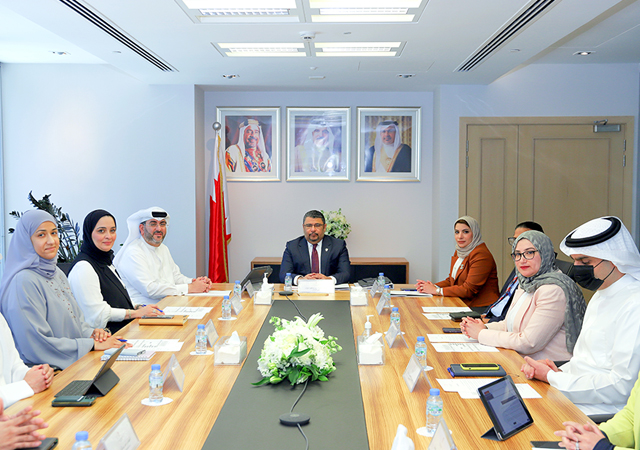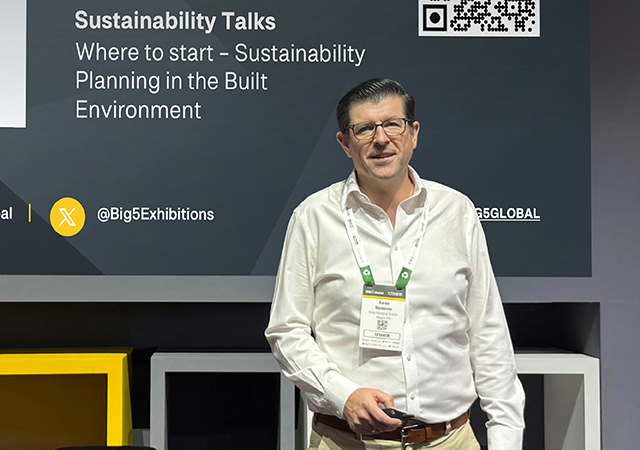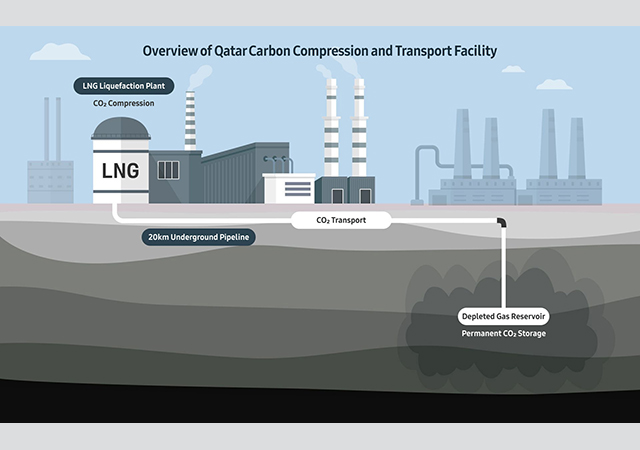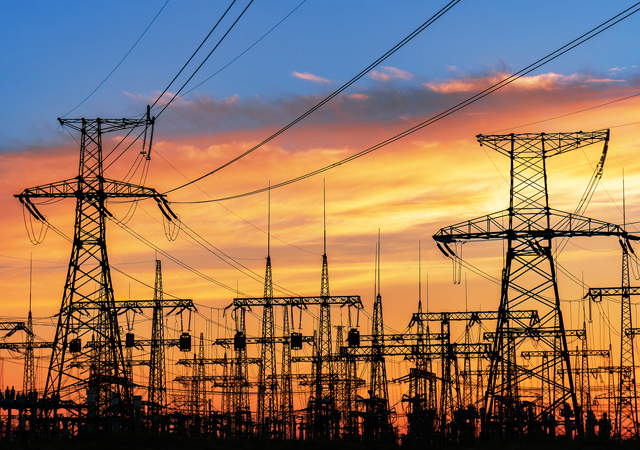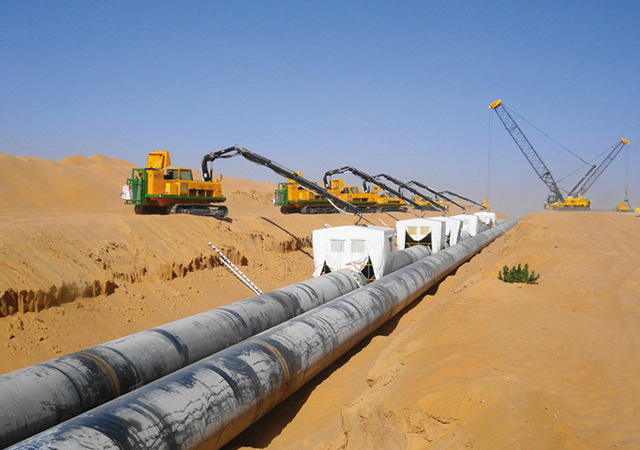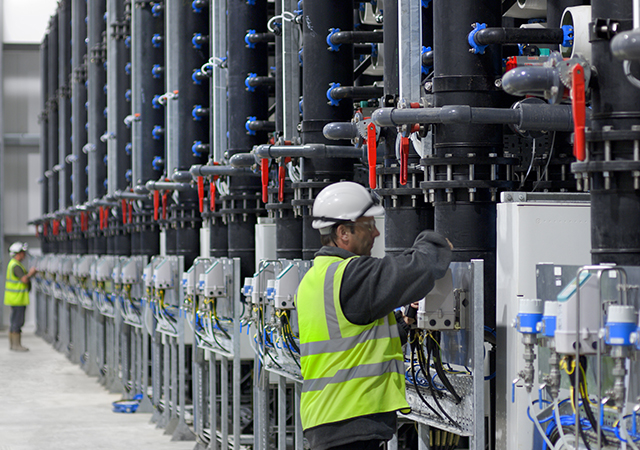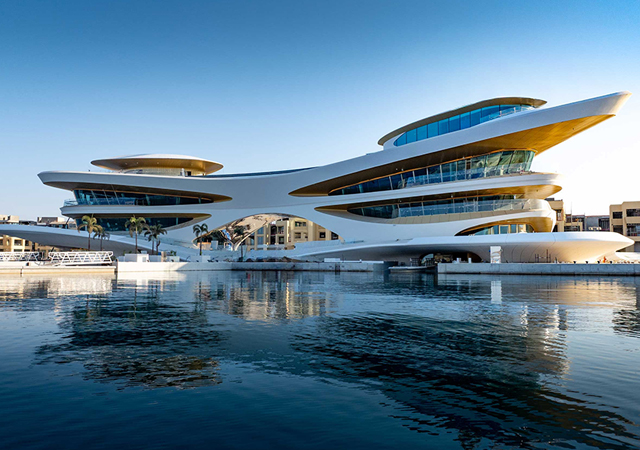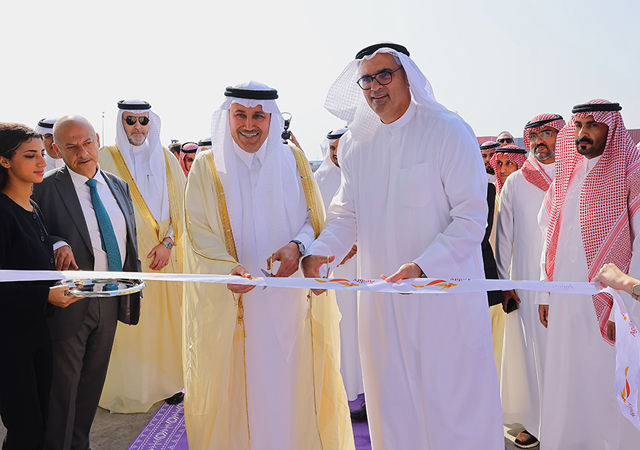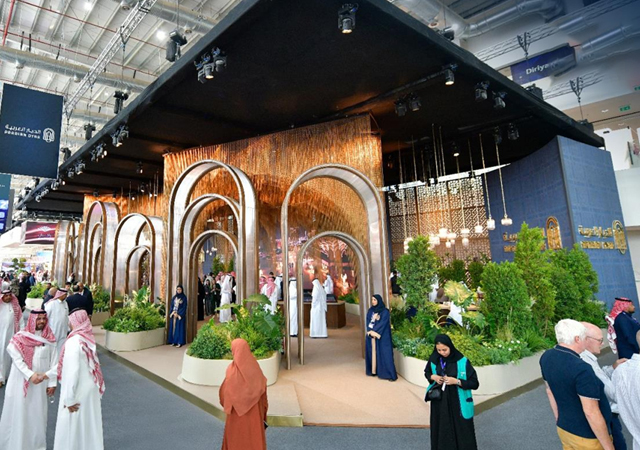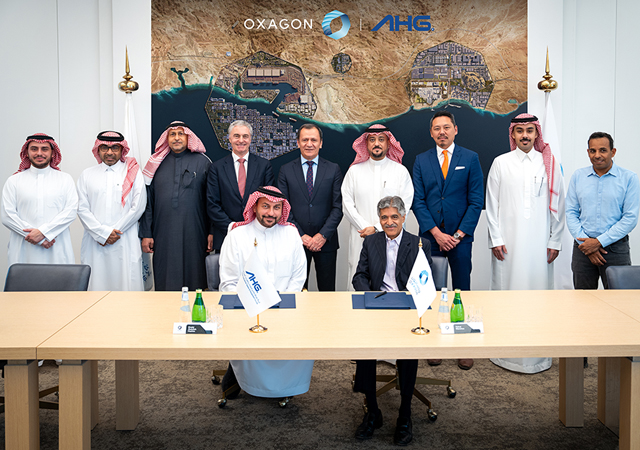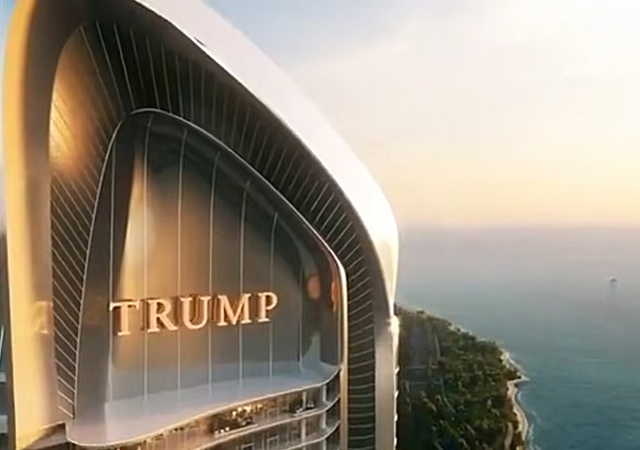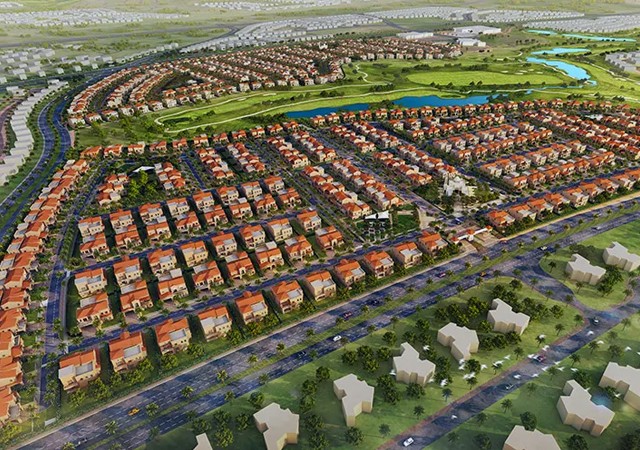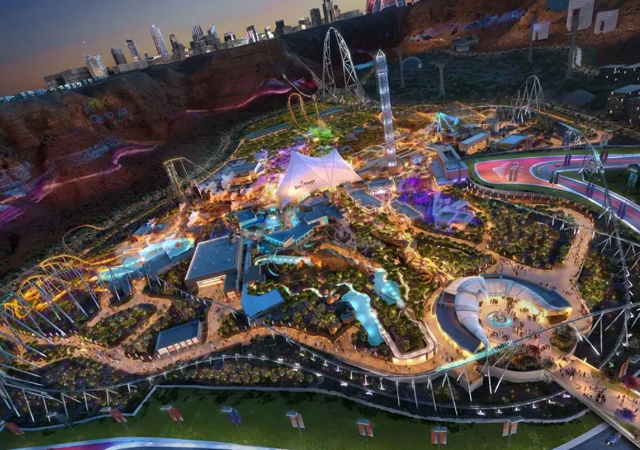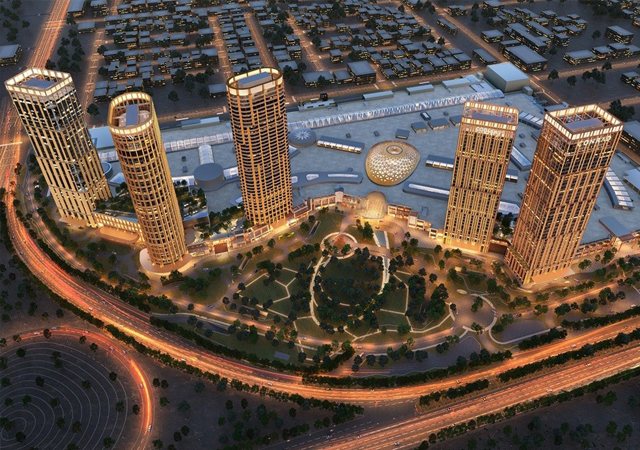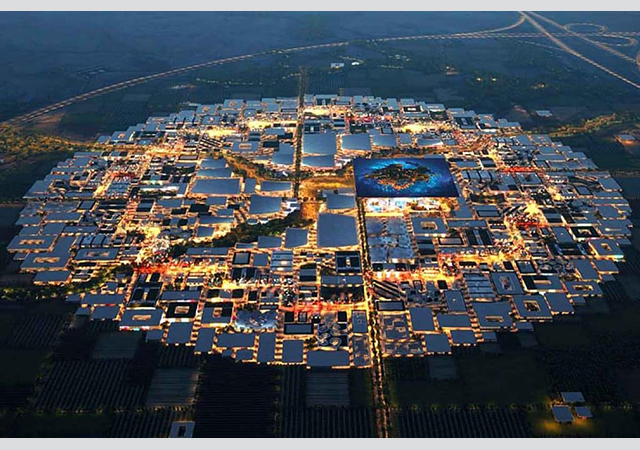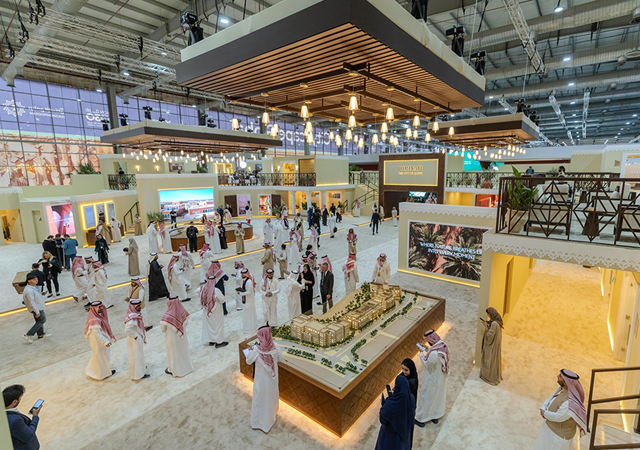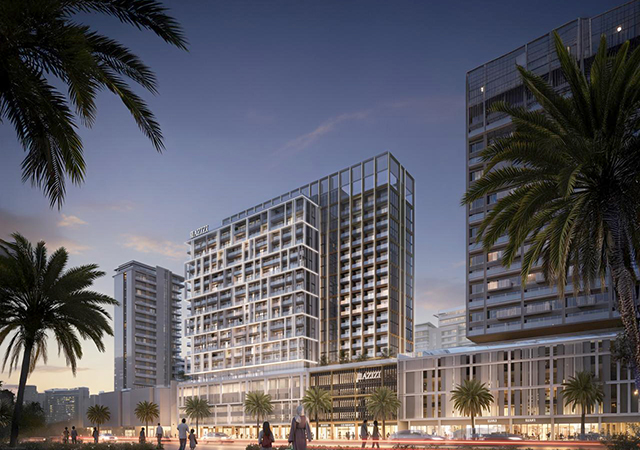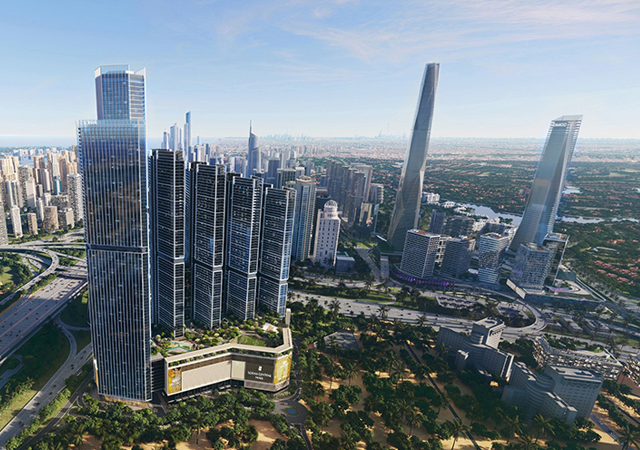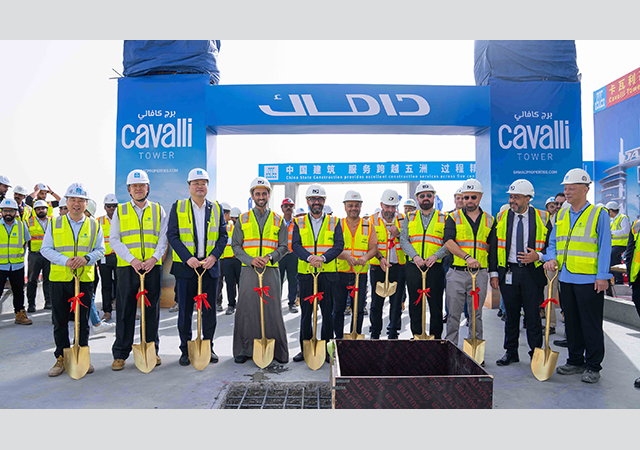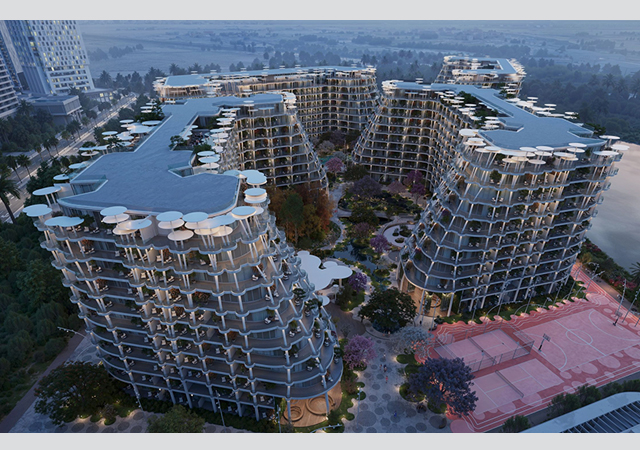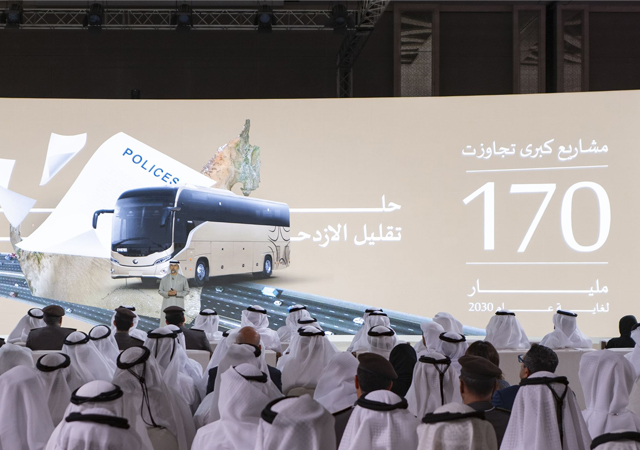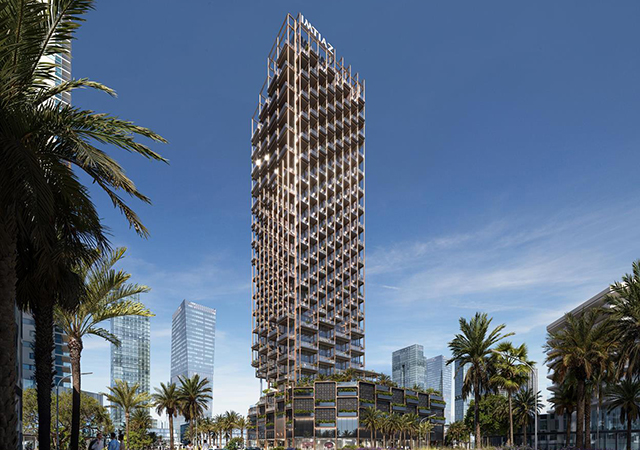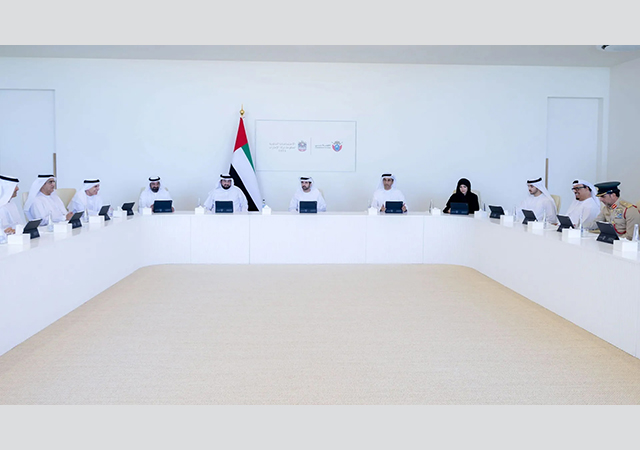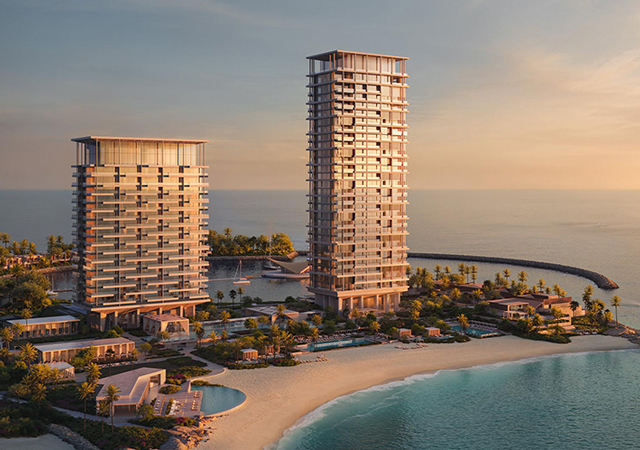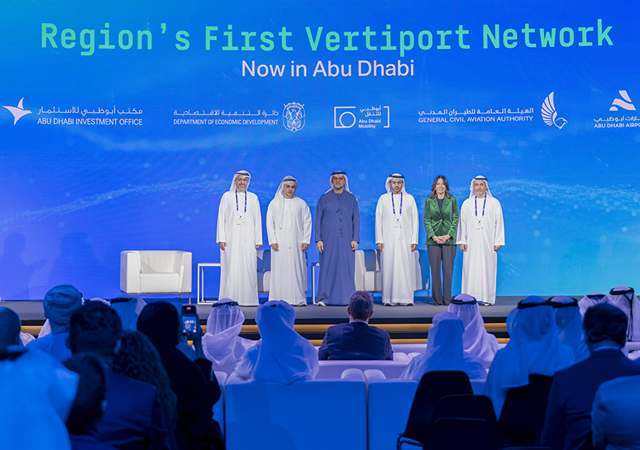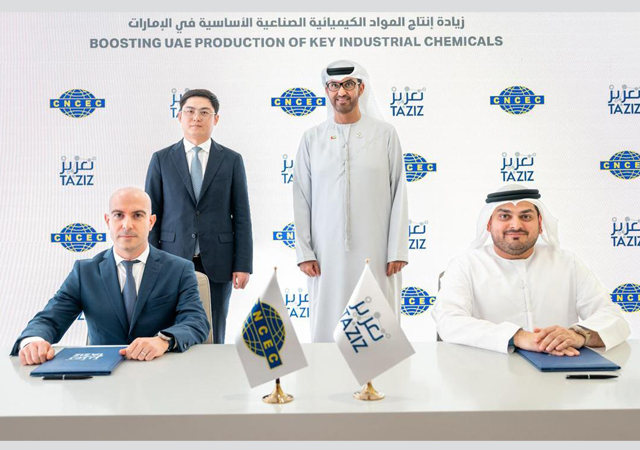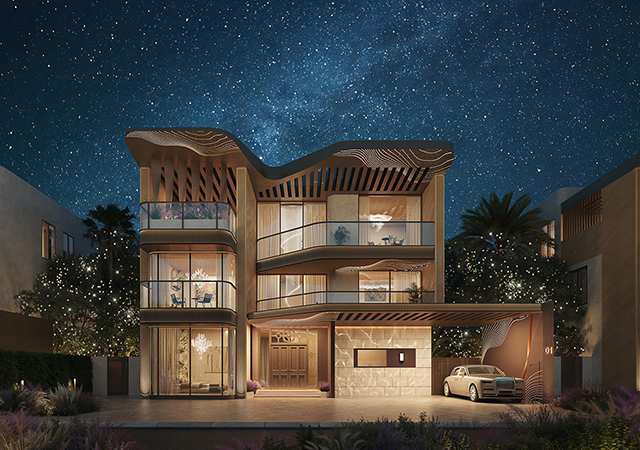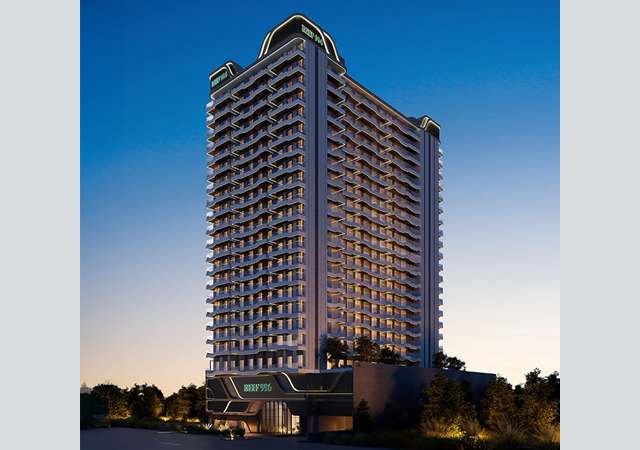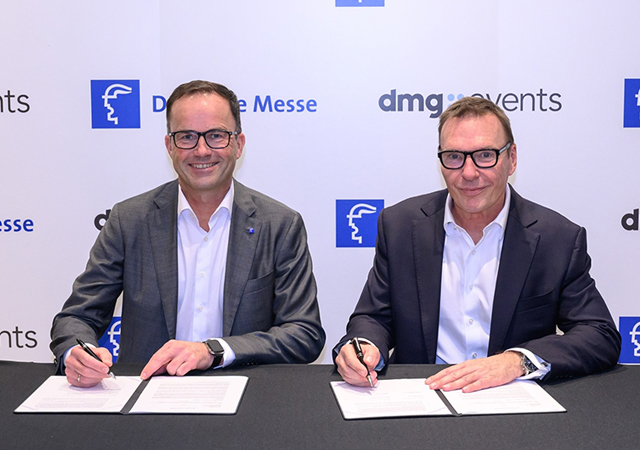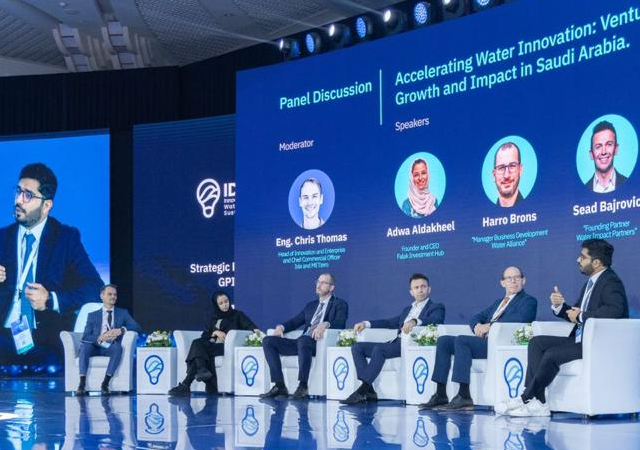
 MevaDec formwork ... allows for speedy assembly and stripping without cranes.
MevaDec formwork ... allows for speedy assembly and stripping without cranes.
Germany-based Meva is supplying formwork to what it claims to be the biggest share of on-site concrete works on the Burj Dubai – the floor slabs, covering a total surface of 224,808 sq m – equivalent to 33 soccer fields.
Meva is supplying its slab formwork system MevaDec, a complete formwork solution, for the structural works involving 532 slabs for 153 floor levels, which is the initial targeted height of the Burj Dubai.
“A complete slab is finished every three days in this fast-track mega project, with concrete being poured at 6 pm in the evening and the formwork stripped at noon the following day,” explains a Meva spokesman. “In each of the three wings and in the core building, slab areas of different sizes are poured every day, so that the one complete level – three wings with 700 sq m each and 450 sq m in the core – are completed every third day.”
The two factors that help to keep up this pace are the MevaDec drop head with a quick-lowering system, which allows stripping the panels and beams while the props remain as reshoring, and the low weight, which allows the panels to be transferred to the next floor level by using a lifting gear, he points out.
In addition, the high outdoor temperatures – more than 25 deg C in winter and 50 deg C in summer – facilitate rapid pouring, he adds.
The MevaDec complete formwork systems scores under tough jobsite conditions with the following benefits:
• Minimum inventory and easy logistics: A total of only 3,000 sq m of MevaDec slab formworks was required to supply the entire construction process.
“During construction, the tower is divided into four areas for each level – three wings and one core at the centre. The building wings are formed with a 1.3 times inventory and double reshoring while the core is formed with a double inventory and double reshoring,” the spokesman elaborates.
• No requirement for replacing forming face: “With MevaDec, there is no need to replace the forming face – not even after hundreds of reuses at great heights,” he points out. “Conventional plywood facing allows as few as 30 re-uses and hence by the time the structure reached its full height, the jobsite would have had to deal with this problem at least 15 times. This would have resulted in delays in the construction process and called for an enormous logistic effort.”
“This is the competitive edge with which the MevaDec system defines new standards. With its innovative composite plastic forming face, the system guarantees facing that will never have to be replaced – regardless of the number of re-uses during the building of the Burj Dubai. Thus, there will be no downtimes or the associated costs involved during the entire 28 months required to build the structure. This is being proved daily in practice and by the adherence to the exceptionally tight scheduling,” the spokesman points out.
• Asymmetric layouts possible: On the Burj Dubai project, curved slab edges formed with custom panels make asymmetrical layouts possible. This saves time-consuming on-site preparation and assembly time. Only five different types of custom panels are required on this project and these easily cope with every re-use without changing the facing, he adds.
The Burj Dubai, providing 4.2 million sq m of space, will offer luxury apartments, hotels and offices on completion by end-December 2008. The project has surpassed expectations as within eight hours of sales being launched on the development, all luxury apartments were sold out and hotels, restaurants and office spaces were booked in advance.
Since its foundation 35 years ago Meva has launched numerous innovations, and is now among the leading, globally operating companies in formwork technology. The Meva branch office in Dubai is overseeing work of the Burj Dubai.
US-based Turner Construction Corporation – also operating from Dubai since 1975 – is the project manager on the Emaar Properties development, which is being built by a consortium of Samsung from Korea, Besix from Belgium and Arabtec from the UAE.



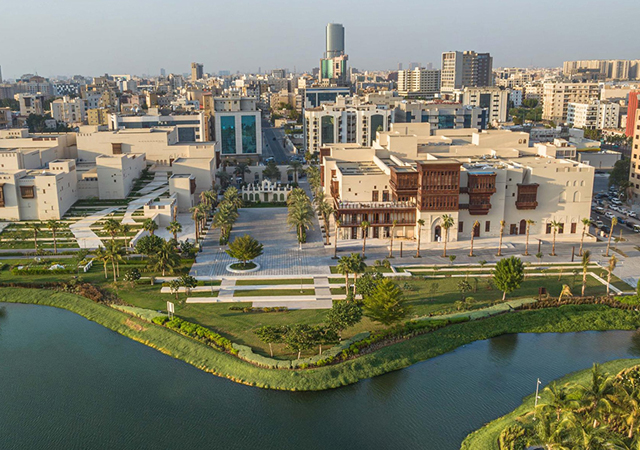
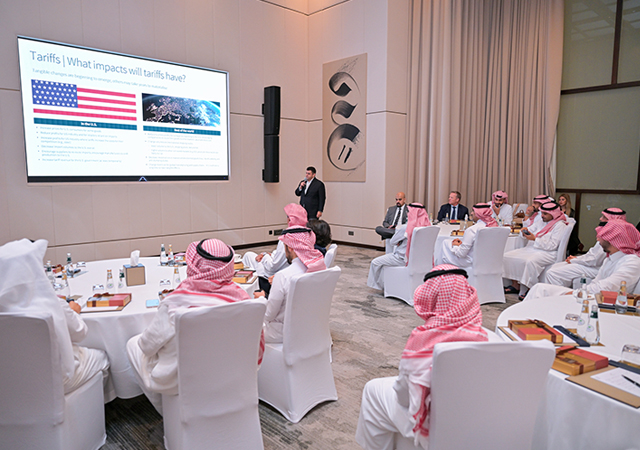
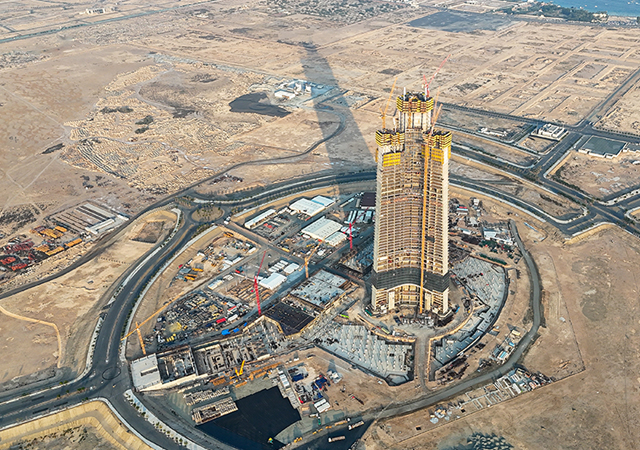
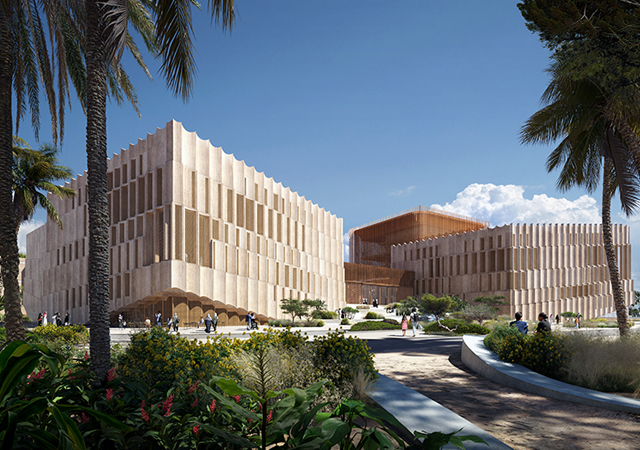




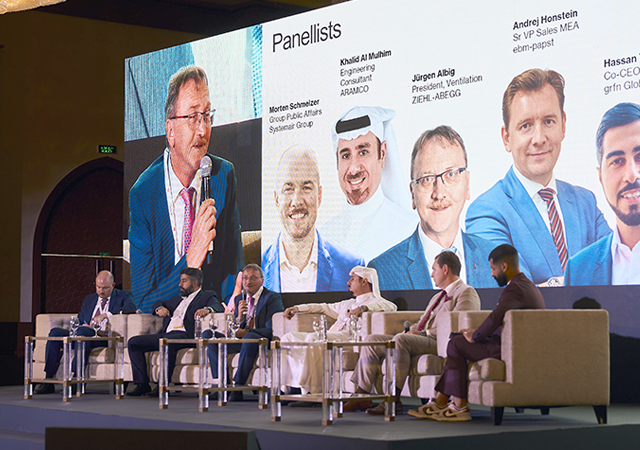
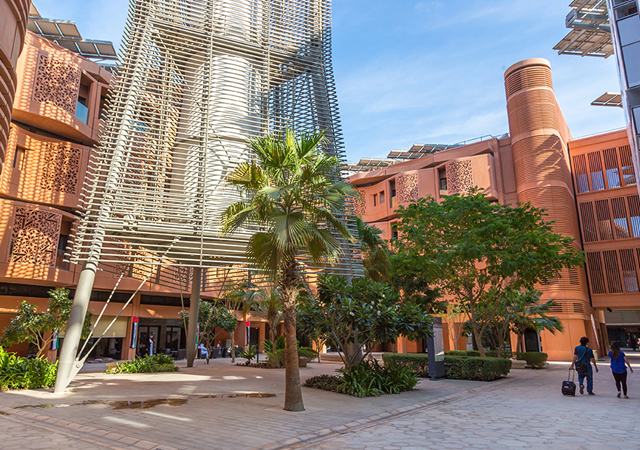
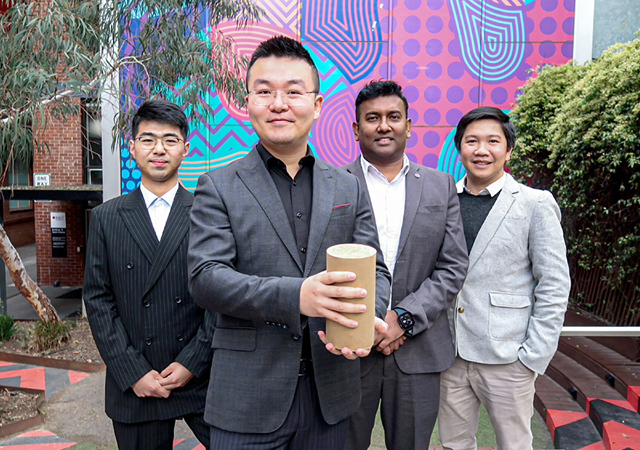
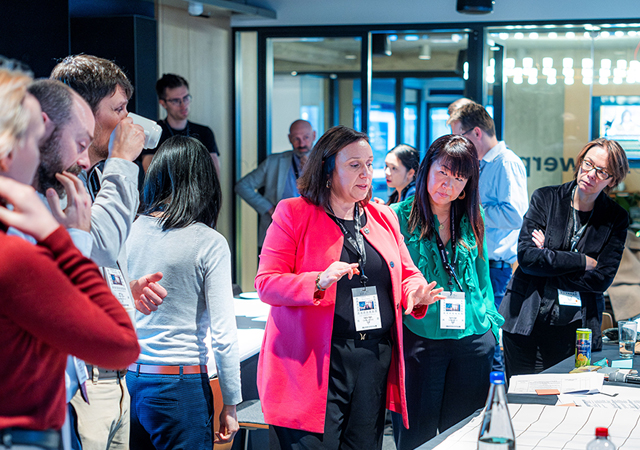

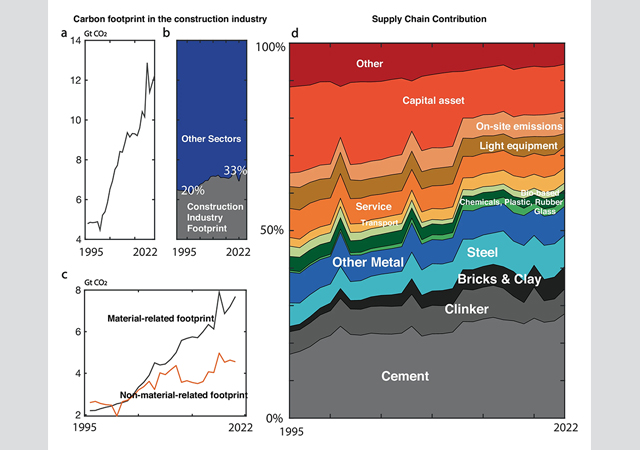
.jpg)
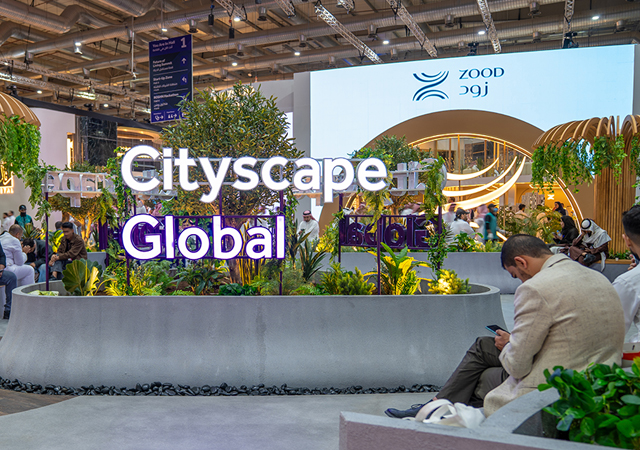
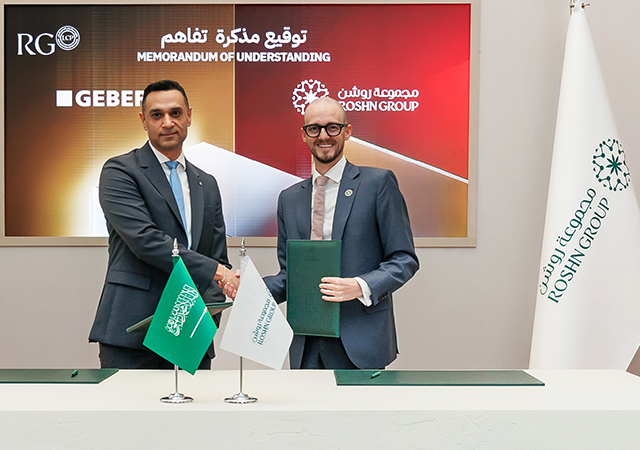
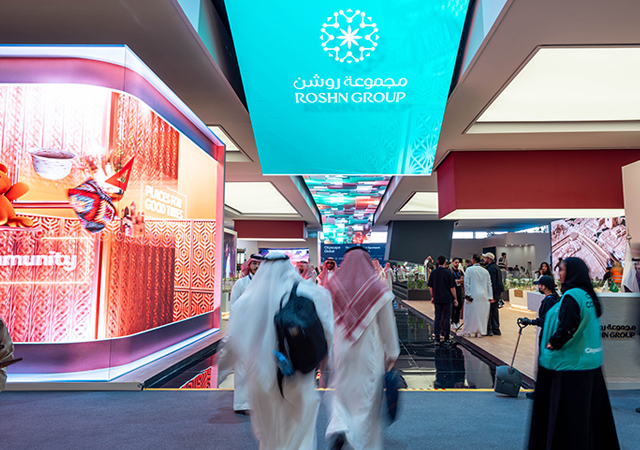
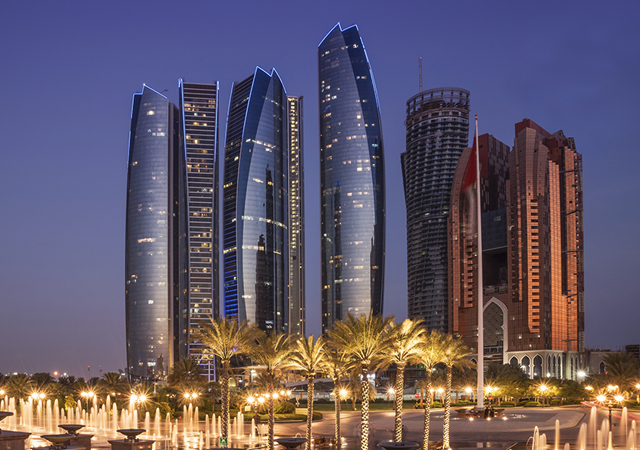
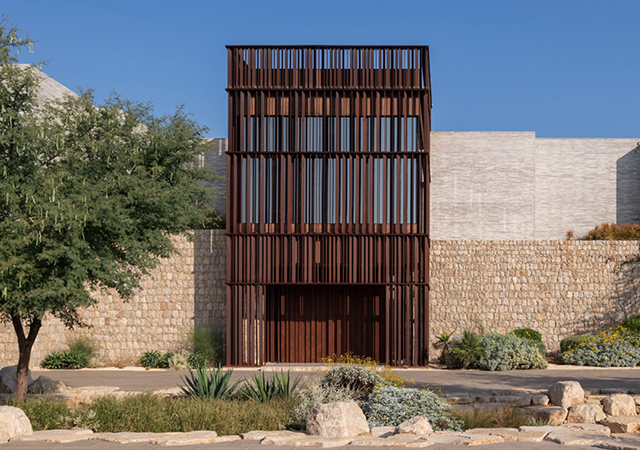
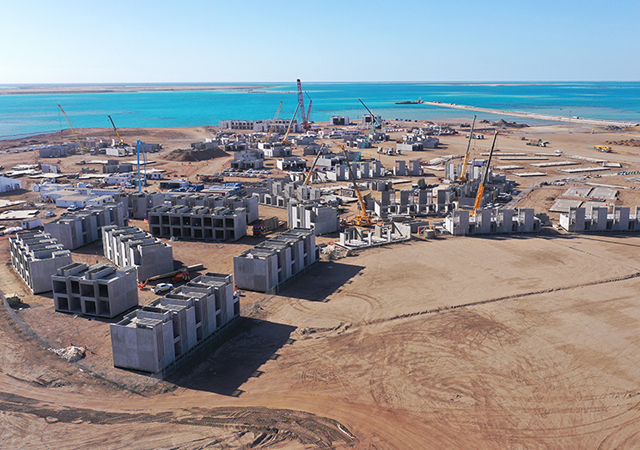
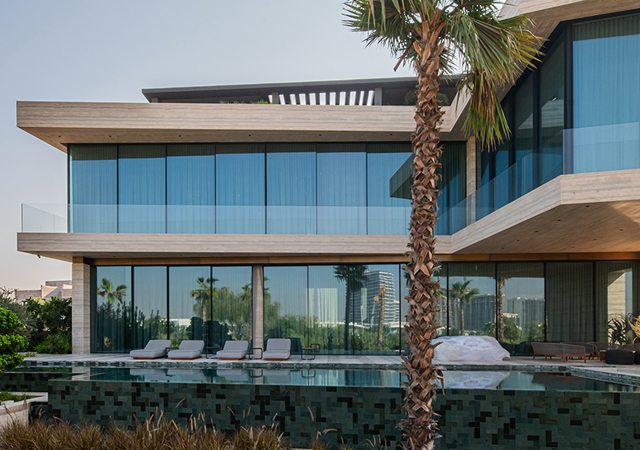
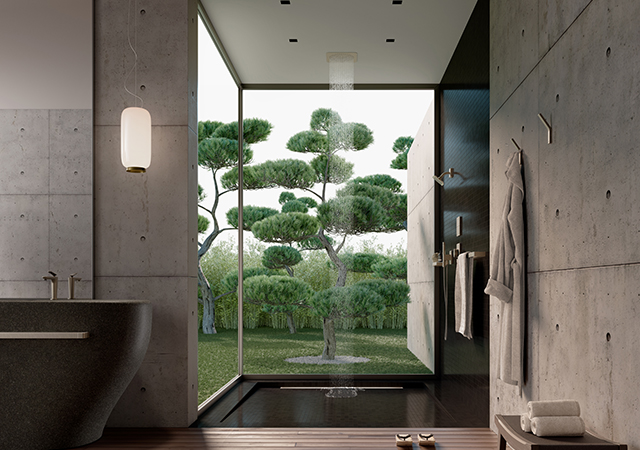

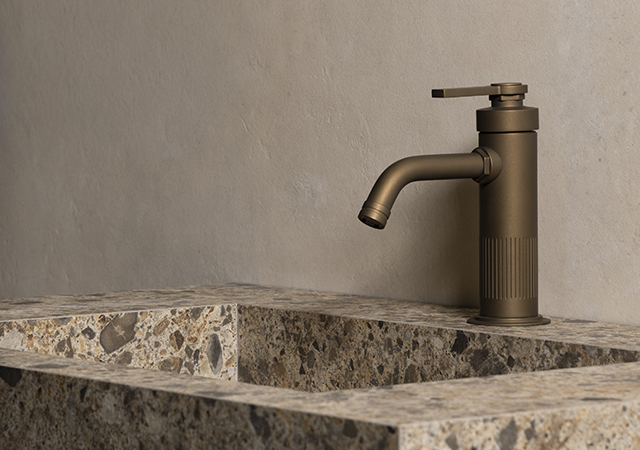

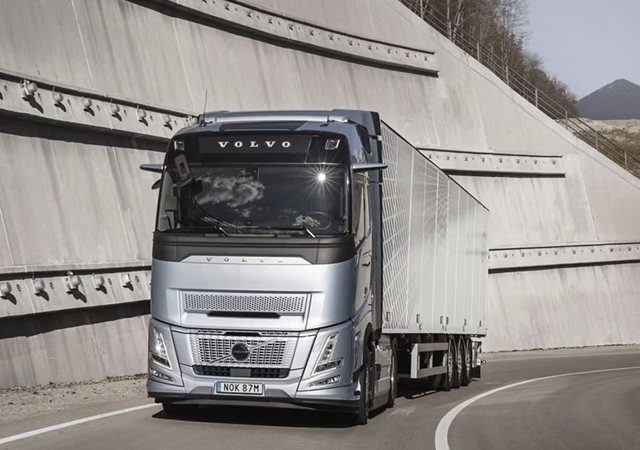
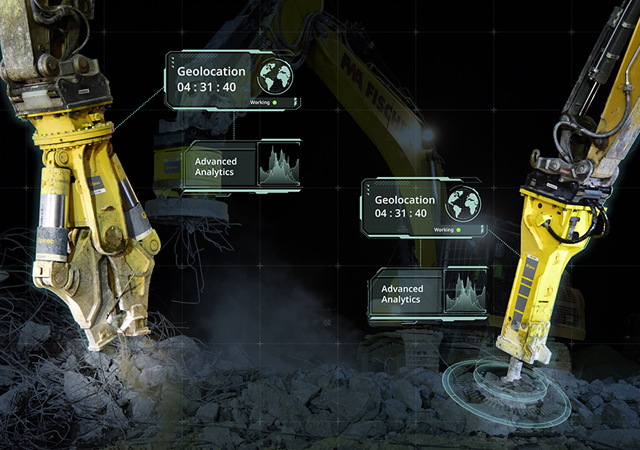
 (1).jpg)


